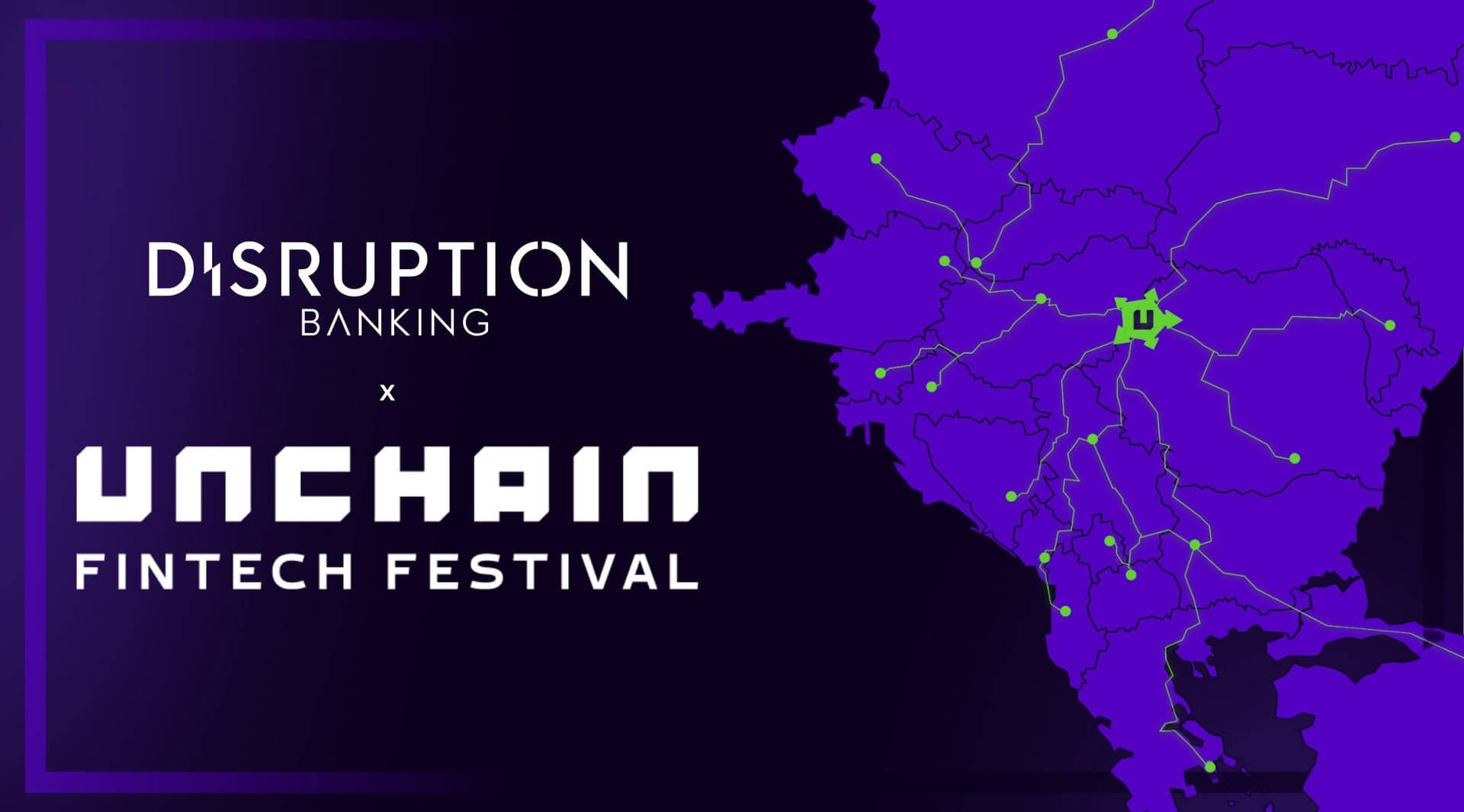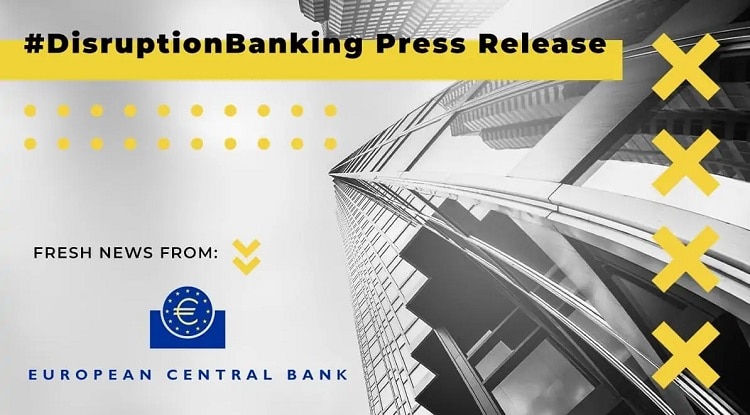By David Whitehouse
Kazakhstan, which has shot up to second place in a Bitcoin hashrate ranking in the wake of China’s crypto-currency crackdown, will find it hard to sustain the growth without better energy supply and regulatory reforms.
Latest data from the Cambridge Bitcoin Electricity Consumption Index (CBECI) shows Kazakhstan ahead of Russia and second to only the US in terms of share of global Bitcoin network hashrate. At the end of August, the US had a global share of 35.4%, while Kazakhstan more than doubled its share to 18.1% since the end of April to take second place.
Outside of the top three, the Cambridge survey shows, the next largest hashrates shares are Canada on 9.55%, Ireland on 4.68%) and Malaysia on 4.59%. The effect of the Chinese crackdown, the research finds, is
“an increased geographic distribution of hashrate across the world, which can be considered a positive development for network security and the decentralised principles of Bitcoin.”
The Cambridge Centre for Alternative Finance, which publishes the index, says it’s in discussions to have the data provided on a bi-weekly basis via API, to show changes in global hashrate share more or less as they happen.
Some question whether the results are realistic. The survey does not paint the full picture as it is based on voluntary respondents, says Denis Rusinovich, co-founder of Maveric Group in Switzerland. Rusinovich says that Russia, which did not respond to the survey, is the second-largest mining country “for sure.”
In any case, Rusinovich argues, energy constraints mean that Kazakhstan won’t be able to keep up with global hashrate growth. “They cannot sustain it because there is no more capacity.” The country needs more efficient bitcoin mining hardware, and using the latest S19 equipment could improve energy efficiency by about 30%, he says. “There is scope for natural improvement.”
Maveric Group services cryptocurrency mining companies in Europe and the Commonwealth of Independent States, which includes Kazakhstan. Rusinovich worked in bitcoin mining in Kazakhstan from 2017 to 2019. At that time, spare capacity was being sold abroad, but that capacity “evaporated” after the Chinese crypto crackdown, he says.
Hardware upgrades, however, will require significant capital expenditure. That, Rusinovich says, will only be feasible if bitcoin miners are given greater regulatory certainty. Kazakhstan, he says, lags behind many other countries in digital regulation. The most important change, he says, would be to allow bitcoins to be sold inside the country. That would generate tax revenues for the government and make new hardware investments more viable, he says. The industry would become “more transparent for everyone.”
National Grid Pressure
China’s crackdown has intensified since Beijing announced plans to introduce its own cryptocurrency. The digital yuan, expected to be launched in 2022, will be fully backed by the central bank. In a bid to stamp out crypto competition, initial coin offers and crypto exchanges have been banned, and restrictions on power usage by miners imposed. According to CBECI, declared mining operations in mainland China have effectively dropped to zero.
The CBECI says recovery in the global hashrate will likely be distributed predominantly between the US, Kazakhstan and the Russian Federation. Kazakhstan is “perfectly placed territorially” to take advantage as it shares borders with China, says Didar Bekbauov, founder of cryptocurrency mining solutions platform Xive in Kazakhstan.
But the increase in mining has left the national grid overloaded, he says. Energy producing companies are working on maximum capacity, but it’s not enough to meet even current consumption, he adds. “Without strong power generation, the mining industry cannot develop.” Kazakhstan has over 20 cryptocurrency mining farms run by companies such as BIT Mining, Canaan and KazDigital, as well as Xive.
Power supply is the biggest constraint on the industry’s growth. The largest city Almaty had a complete blackout in July as hot weather prompted a surge in air-conditioning use. In October, the country limited power supply to consumers after three major coal-fired power stations had shutdowns.
The government blames crypto miners, estimating that a single mining farm uses as much power as 24,000 homes. In June, the country imposed a surcharge on power used for crypto mining. And in October, the ministry of energy announced plans to limit the electricity consumption of the crypto mining industry to a total 100 megawatts (MW). New plants will be allowed to use just 1 MW over two years.
A group of members of parliament has also proposed the creation of a state register for cryptocurrency farms. The winter will bring further pressure on Kazakhstan’s energy resources, which will likely mean more pressure on miners.
Sustainable Solutions
The amount of energy consumed during the Bitcoin mining process makes the industry’s carbon footprint concerning.
Partially in response to this, there is now a Bitcoin Clean Energy Initiative (BCEI), led by Twitter CEO Jack Dorsey. BCEI argued in a white paper in April that bitcoin mining is an “ideal complementary technology” for renewables and storage. Solar and wind energy sources are inherently intermittent and we have no way to reliably store supply gluts. Despite improvements in solar battery efficiency and cost, BCEI says, there will always be physical limitations on how much energy can be stored without dissipation.
Getting miners and renewable energy providers together, the BCEI argues, would improve returns for renewable project developers. Solar and wind projects could become viable even before lengthy grid interconnection studies are completed, as bitcoin miners can offtake the energy until the start of energy sales to the grid. Bitcoin miners could provide storage for excess energy to meet spikes in demand and become energy buyers of last resort when there is a glut, it says.
Carbon Heavy
Kazakhstan has promising solar and wind resources, but these account for less than 1% of generation. The country relies heavily on carbon fuels, with revenue from oil and gas accounting for more than a third of GDP. According to the International Trade Administration, 87% of the country’s power comes from fossil fuels and 12% from hydropower. The country is the largest emitter of carbon dioxide in Central Asia, and, on a per-head basis, stands tenth in the world. Crypto miners in the US argue that the higher proportion of renewable energy sources used in electricity means they have a lower carbon footprint.
The government is targeting a 15% share of renewable energy sources in electricity production by 2030, and 50% by 2050. But the Energy Resource Guide predicts that the contribution of coal will fall more slowly than targeted by the government, and will still account for 64.9% of total electricity generation and 74.0% of thermal generation in 2028.
According to a PwC survey published in May, there are major roadblocks to overcome. PwC points out that most of financing for renewable energy in Kazakhstan is coming from international development banks, rather than private-sector investors. Respondents to the survey pointed to the risk of devaluation of the country’s currency, the tenge, long payback periods, and delays in tariff indexation, which starts only one year after the start of operations.
The government has promised to build new power generation in the next five years. Bitcoin miners are also looking for off-grid energy generation solutions, says Bekbauov at Xive. But Kazakhstan could lose its chance to sustain the growth if power generation isn’t quickly increased. The US and Russia, he says, are alternative centres which offer enough electricity production at reasonable prices.
David Whitehouse is a freelance journalist in Paris.















